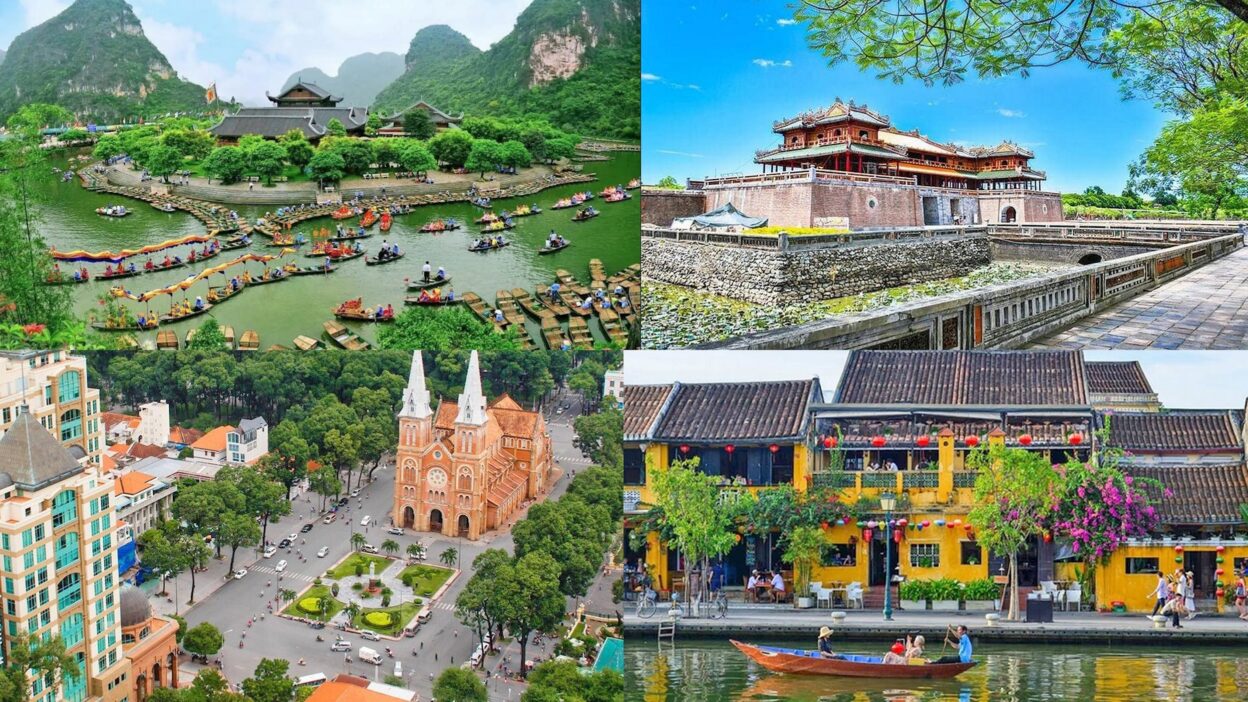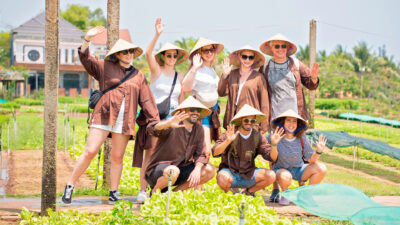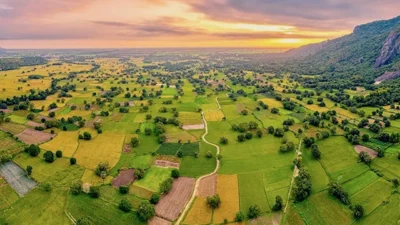Vietnam is not just a land of mesmerizing landscapes and delicious cuisine—it’s also home to a wealth of cultural and natural treasures recognized by UNESCO as World Heritage Sites. These sites showcase the country’s millennia-old history, diverse ethnic traditions, and astonishing geological wonders.
For travelers seeking deeper cultural immersion, Vietnam heritage tours offer a unique opportunity to explore the nation’s most iconic destinations. Whether you’re fascinated by ancient citadels, mystical temples, or jaw-dropping caves, this comprehensive journey across Vietnam’s heritage will leave you inspired and enlightened.
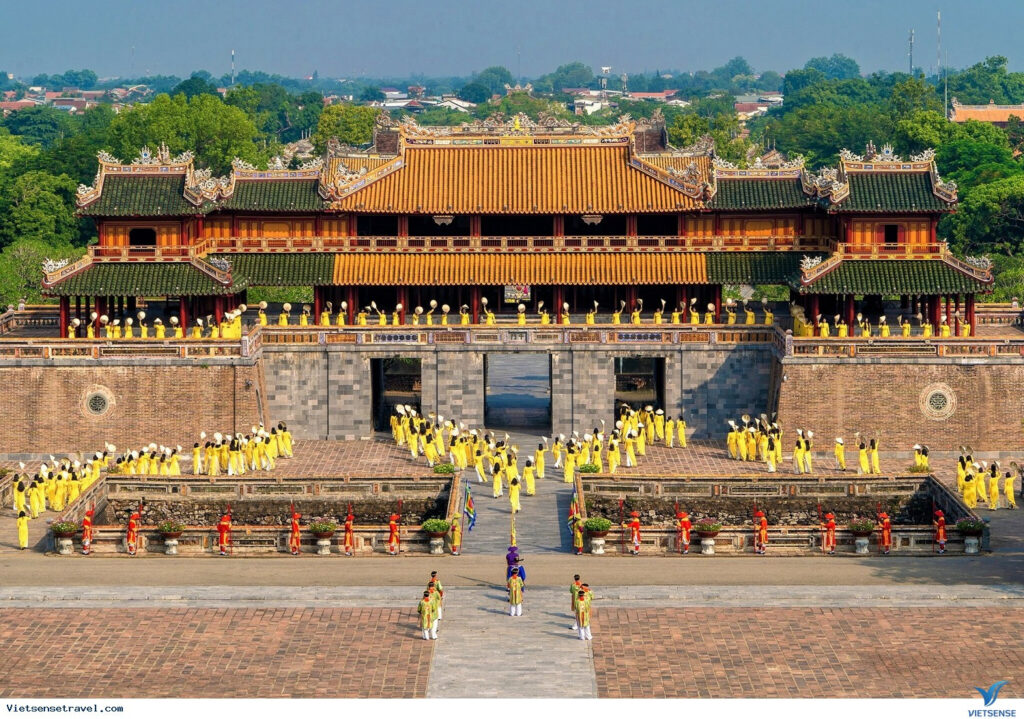
What are Vietnam Heritage Tours?
Vietnam heritage tours are specially curated travel experiences designed to showcase the UNESCO World Heritage Sites spread across the country. These tours combine guided sightseeing, hands-on cultural activities, and authentic local interactions. Typically spanning from 7 to 14 days, heritage tours take visitors through a captivating itinerary that includes:
- Historical relics
- Cultural landmarks
- Natural wonders
- Local traditions and festivals
From the ancient Champa temples of My Son to the awe-inspiring limestone karsts of Ha Long Bay, each stop on the tour tells a story of Vietnam’s rich legacy.
1. My Son Sanctuary – The Spiritual Heart of Champa Civilization
Your Vietnam heritage tour begins in Central Vietnam with My Son Sanctuary, a complex of Hindu temple ruins nestled in a lush valley in Quang Nam Province.
- UNESCO Designation: 1999
- Historical Significance: My Son was once the religious center of the Champa Kingdom from the 4th to 13th century.
- Highlights: Explore over 70 towers made of red bricks and sandstone, each adorned with intricate carvings of deities and sacred symbols. Don’t miss the traditional Cham dance performance.
Pro Tip: Visit in the early morning to enjoy cooler temperatures and fewer crowds.
2. Hoi An Ancient Town – A Living Museum of East-West Trade
Just a short drive from My Son lies Hoi An, one of Vietnam’s most beloved destinations and a highlight of any Vietnam heritage tour.
- UNESCO Designation: 1999
- What Makes It Special: This well-preserved trading port from the 15th to 19th centuries reflects a unique blend of Vietnamese, Chinese, Japanese, and European influences.
- Must-Sees: Japanese Covered Bridge, Tan Ky Ancient House, Phuc Kien Assembly Hall, and the lantern-lit streets by night.
Cultural Tip: Join a lantern-making workshop or attend the monthly Hoi An Full Moon Festival to see the town without electric lighting.
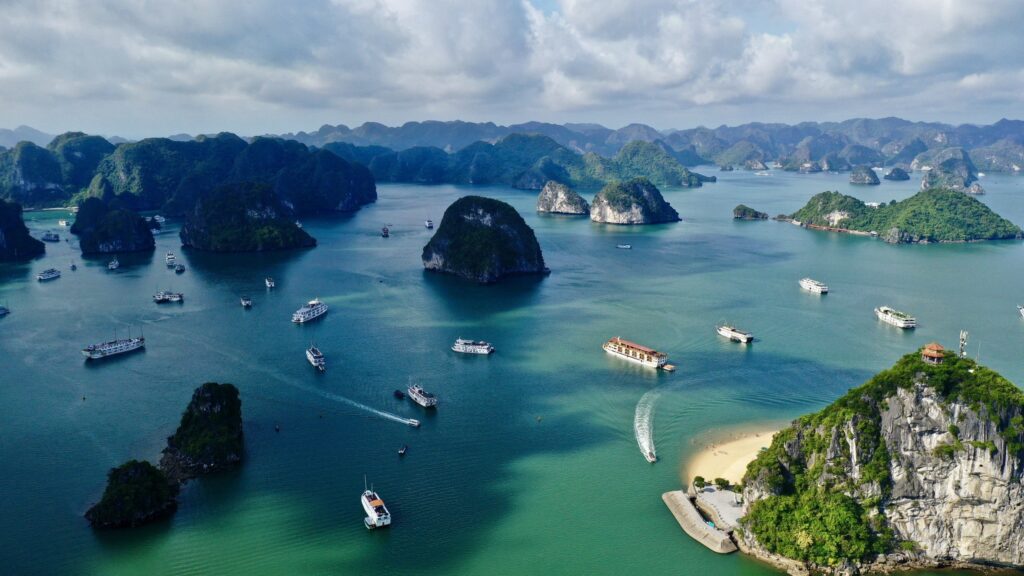
3. The Complex of Hue Monuments – The Imperial Capital
Traveling northward, you’ll arrive in Hue, the former imperial capital of the Nguyen Dynasty and a key feature of Vietnam’s royal legacy.
- UNESCO Designation: 1993
- What You’ll See: The sprawling Imperial City (Dai Noi), with its Forbidden Purple City, ornate pagodas, tombs of emperors, and the iconic Thien Mu Pagoda along the Perfume River.
- Experience: Listen to traditional Ca Huế music on a boat cruise, a must-do cultural experience in Hue.
Historical Note: The Imperial City is Vietnam’s version of the Forbidden City in Beijing but with uniquely Vietnamese aesthetics and symbolism.
4. Phong Nha-Ke Bang National Park – Earth’s Hidden Wonder
Next stop on your Vietnam heritage tour is Phong Nha-Ke Bang, a UNESCO-listed national park in Quang Binh Province that features the most extensive cave system in Southeast Asia.
- UNESCO Designation: 2003 (Natural), 2015 (Expanded for biodiversity)
- Natural Marvels: Phong Nha Cave, Paradise Cave, and the world’s largest cave, Son Doong (requires special permit).
- Activities: Boat rides into underground rivers, hiking, caving expeditions, and eco-tourism.
Fun Fact: The park’s karst formations date back over 400 million years.
5. The Citadel of the Ho Dynasty – Vietnam’s Stone Fortress
In Thanh Hoa Province, you’ll find a lesser-known but equally impressive UNESCO site: The Citadel of the Ho Dynasty.
- UNESCO Designation: 2011
- Historical Context: Built in 1397 using massive stone blocks without mortar, this fortress symbolizes Vietnam’s architectural and political ingenuity.
- Why It Matters: It represents a turning point in Vietnam’s feudal history and is one of the rare stone citadels in Asia.
Travel Tip: Visit during spring for lush scenery and pleasant weather.

6. Trang An Landscape Complex – Where Nature Meets Mythology
Heading into Ninh Binh, your heritage journey takes you to Trang An, Vietnam’s first and only mixed natural and cultural UNESCO World Heritage Site.
- UNESCO Designation: 2014
- Top Features: Towering limestone karsts, mystical river caves, and ancient temples nestled in green valleys.
- Tour Highlights: Boat rides through caves like Hang Sang, Hang Toi, and visits to Hoa Lu Ancient Capital and Bai Dinh Pagoda.
Local Insight: Trang An served as a filming location for “Kong: Skull Island.”
7. Ha Long Bay – Vietnam’s Most Iconic Natural Wonder
Arguably the crown jewel of Vietnam heritage tours, Ha Long Bay stuns with its ethereal beauty and geological significance.
- UNESCO Designation: 1994 (Scenic), 2000 (Geological)
- Visuals: Thousands of limestone islands and islets rising from emerald waters.
- Activities: Overnight cruises, kayaking, visiting Surprise Cave (Hang Sung Sot), and relaxing on Titop Island.
Photography Tip: Hike to the viewpoint on Titop Island for a panoramic shot of the bay.
8. The Central Sector of the Imperial Citadel of Thang Long – Hanoi’s Historic Core
Returning to the capital, your Vietnam heritage tour concludes at Thang Long Imperial Citadel, a symbol of Vietnam’s continuous development from feudal dynasties to the modern era.
- UNESCO Designation: 2010
- Key Attractions: Doan Mon Gate, the Flag Tower, archaeological relics, and centuries-old architecture.
- Importance: Once the political center for over a millennium, the site represents national resilience and identity.
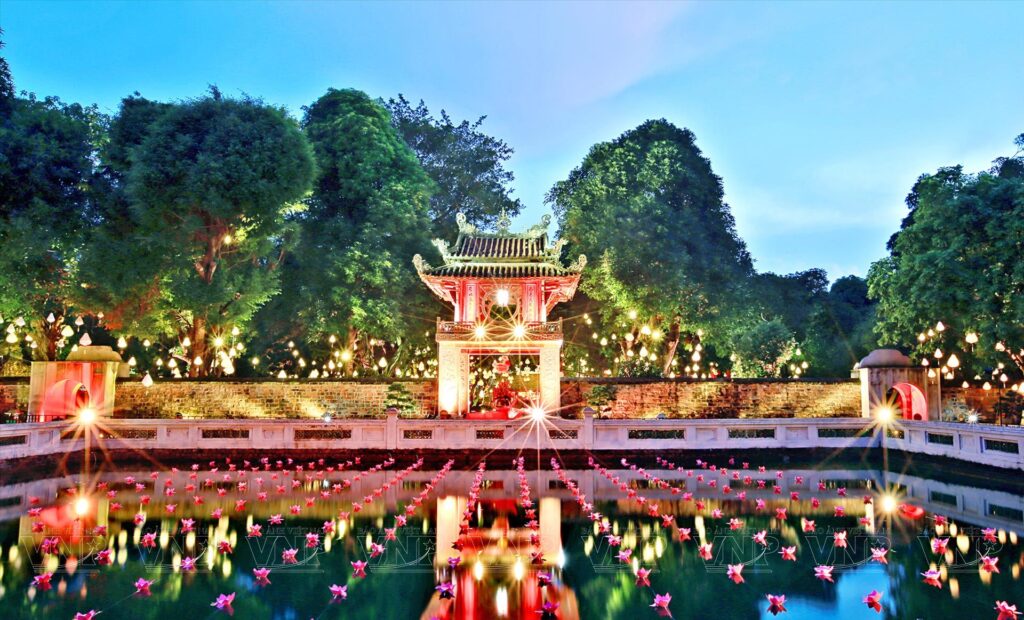
Bonus Heritage Site: The Stone Steles of the Temple of Literature
While not a standalone UNESCO site, the 82 doctoral steles at Van Mieu – Quoc Tu Giam (Temple of Literature) have been recognized as part of the UNESCO Memory of the World Programme.
- Established: 1070
- Legacy: The steles honor scholars from the royal examinations of the Le and Mac dynasties (1442–1779).
- Atmosphere: A peaceful oasis in bustling Hanoi, perfect for reflection and learning about Vietnam’s academic traditions.
Why Choose Vietnam Heritage Tours?
Choosing a Vietnam heritage tour is more than just sightseeing—it’s an immersive journey that allows travelers to:
✅ Connect with History
Each destination unfolds a new chapter in Vietnam’s epic tale—dynasties, colonization, revolutions, and cultural synthesis.
✅ Support Sustainable Tourism
Heritage tours often work with local guides, traditional artisans, and community-run initiatives that help preserve intangible heritage and generate income for residents.
✅ Enjoy Variety in One Trip
Few countries offer such a diverse mix of natural wonders, spiritual sanctuaries, and architectural feats within a relatively compact geography.
Tips for Booking Vietnam Heritage Tours
- Best Time to Visit: Spring (Feb–April) and Fall (Sep–Nov) for mild weather.
- Duration: 10–14 days for a comprehensive experience.
- Tour Operators: Choose reputable agencies offering licensed guides with historical expertise.
- Customization: Ask for add-ons like cooking classes, craft workshops, or local homestays for deeper engagement.
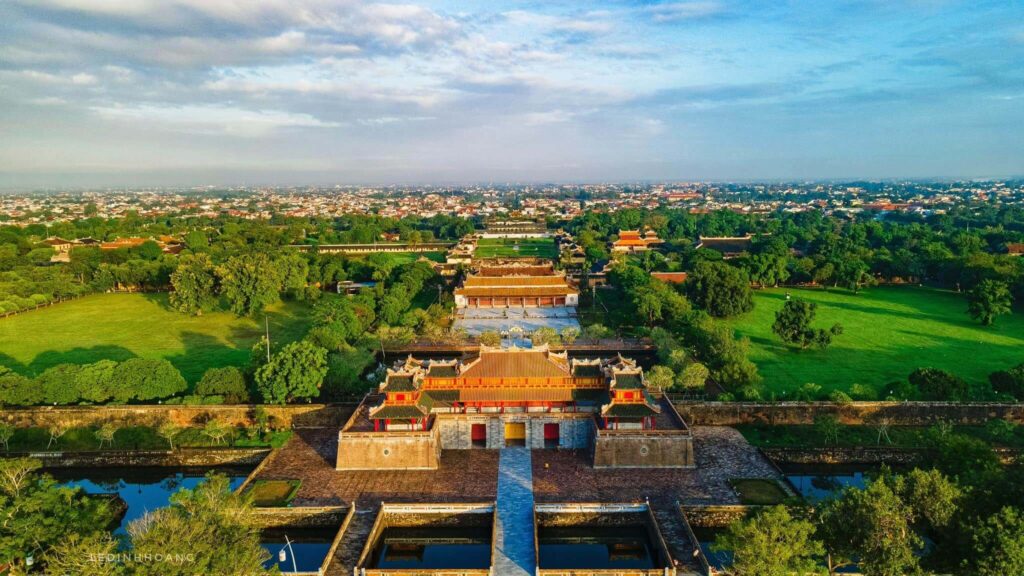
Conclusion: A Journey Worth Remembering
Vietnam heritage tours are a profound way to experience the heart and soul of this culturally rich country. Whether you’re a history buff, a nature lover, or a curious traveler, these tours offer unforgettable insights and lasting impressions. From the imperial elegance of Hue to the underground mysteries of Phong Nha and the magical beauty of Ha Long Bay, each stop brings you closer to understanding Vietnam’s timeless allure.
If you’re ready to explore the layers of Vietnam’s past while soaking in its breathtaking landscapes, it’s time to book your Vietnam heritage tour today with VietnamTour.
See more post: Lantern making Hoi An: A timeless cultural experience for global travelers

